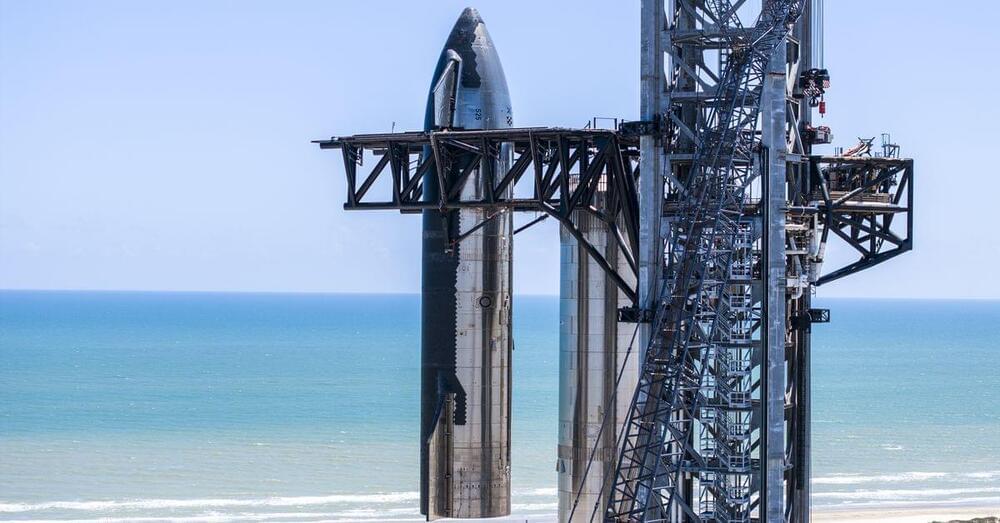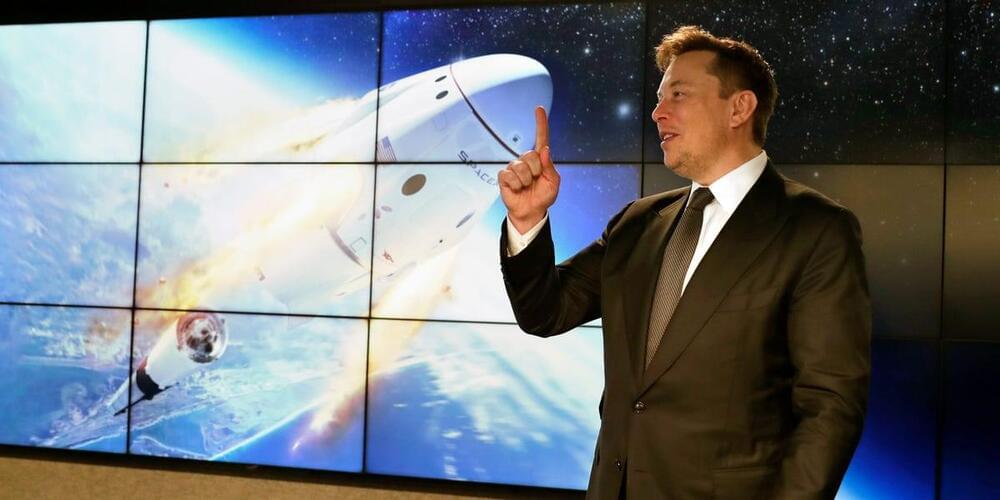Hopefully without a “rapid unscheduled disassembly” this time.


Back in the 1950s, when the larger humanity was just beginning to ponder trips beyond the boundary of our world by means of rockets, visionaries were already dreaming of trips to the Moon and the neighboring planets, some of them so large in scope they were akin to the first colonization moves.

The government plans to establish a new ¥1 trillion ($6.6 billion) fund in a bid to develop the country’s outer space industry, as starry-eyed officials push to enhance Japan’s capabilities.
The ¥1 trillion fund will be allocated over a 10-year period for the Japan Aerospace Exploration Agency (JAXA), an Education, Culture, Sports, Science and Technology Ministry spokesperson said. Some ¥300 billion has been set aside for the fund in the latest supplementary budget approved by the Cabinet on Friday.
“We believe it is a necessary fund to speed up our country’s space development so we don’t lag behind the increasingly intensifying international competition,” Sanae Takaichi, minister in charge of space development, said in a news conference last week.
Immigration to and living on Mars have long been depicted in science fiction. But before that dream turns into reality, there is a hurdle humans have to overcome—the lack of chemicals such as oxygen essential for long-term survival on the planet. However, the recent discovery of water activity on Mars is promising.
Scientists are now exploring the possibility of decomposing water to produce oxygen through electrochemical water oxidation driven by solar power with the help of oxygen evolution reaction (OER) catalysts. The challenge is to find a way to synthesize these catalysts in situ using materials on Mars, instead of transporting them from the Earth, which is costly.
To tackle this problem, a team led by Prof. Luo Yi, Prof. Jiang Jun, and Prof. Shang Weiwei from the University of Science and Technology of China (USTC) of the Chinese Academy of Sciences (CAS), recently made it possible to synthesize and optimize OER catalysts automatically from Martian meteorites with their robotic artificial intelligence (AI)-chemist.

Elon Musk’s SpaceX is known for its frequent launches, which now dominate the space industry. But the satellites that the rockets send to space are just as important for the company as the launches. Starlink is SpaceX’s answer to providing global, high-speed internet coverage using a network of thousands of satellites buzzing around the planet in a region known as low Earth orbit (LEO), about 342 miles above the Earth’s surface.
SpaceX launched its first batch of Starlink satellites in 2019. Adoption of the service has ballooned since then. The company has said Starlink has more than 2 million active customers and is available on all seven continents and in over 60 countries.
“This growth is uncharacteristic in the sense of its magnitude. Whereas prior satellite service providers have ramped up to anywhere at most between 500,000 to a little bit over a million subscribers. And this has taken, you know, a ten-year period, Starlink’s race to 2 million subscribers has taken only the better part of two years,” says Brent Prokosh, a Senior Affiliate Consultant at Euroconsult.

NASA astronaut Frank Borman, commander of the first Apollo mission to the moon, has died at age 95.
Elon Musk is getting the Hollywood treatment. Variety reports that indie movie studio A24 has won the rights to adapt Walter Isaacson’s recent biography about the business magnate, with “Black Swan” and “Requiem for a Dream” director Darren Aronofsky slated to direct. There’s no official word on who’s playing Musk yet, though there’s plenty of wild suggestions online.
According to the report, studios were embroiled in “heated competition” for Isaacson’s latest book, which was released this September. The author’s last biography on a tech titan, Steve Jobs, was also adapted into a movie of the same name in 2015. Of course, the main attraction here is Musk, whose penchant for controversy is matched only by his enormous popularity.
Even so, with his calamitous takeover of X-formerly-Twitter, his questionable antics on the platform, and the epic fallout of his Starship rocket launch, Musk has somehow managed to shove himself further into the limelight this year, after a decade of building an already far-reaching image off the success of his companies SpaceX and Tesla. For better or worse, everyone now has an opinion on the guy.

Sean Carroll is a theoretical physicist who serves as a Homewood Professor of Natural Philosophy at Johns Hopkins University. Carroll strives to convey complicated physics concepts in accessible terms on his Mindscape podcast and in his popular books, including last year’s The Biggest Ideas in the Universe: Space, Time, and Motion. He joins Preet to talk about the relationship between science and philosophy, how to comprehend quantum mechanics, and whether there are billions of similar universes operating alongside our own.
Plus, Special Counsel David Weiss’s testimony in front of the House Judiciary Committee about the Hunter Biden prosecution and Trump’s reported plan to use the Department of Justice for revenge if he retakes the presidency.
Don’t miss the Insider bonus, where Preet and Carroll talk more about depictions of time travel in Hollywood films. To listen, become a member of CAFE Insider for $1 for the first month. Head to cafe.com/insider.
